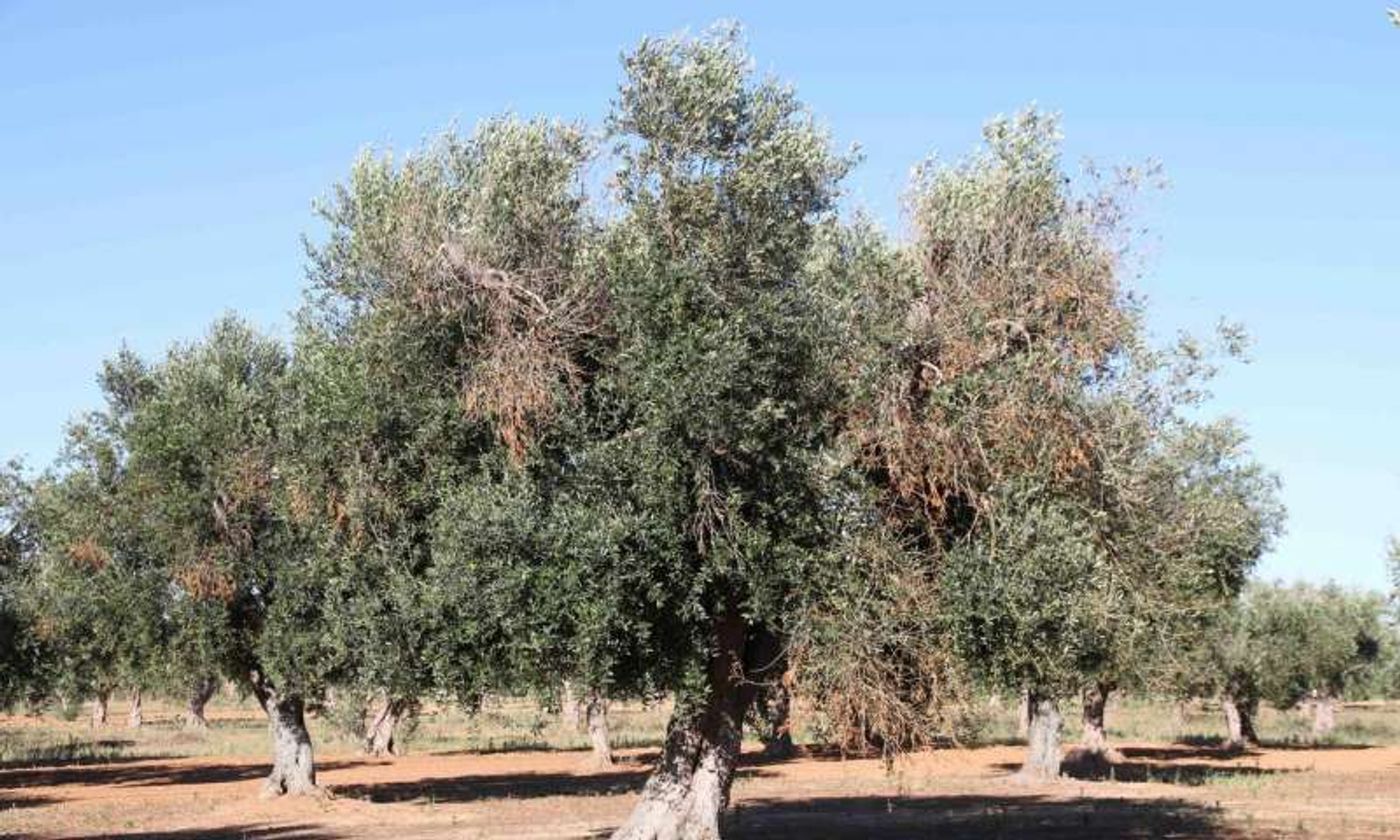Airborne Monitoring Could Save Olive Trees From a Pesky Bacterium
Olive trees throughout Europe are in trouble as an incommodious bacterium known as Xylella fastidiosa spreads like wildfire and threatens to wipe them out.
But according to a paper published in the journal Nature Plants this week by researchers from Swansea University, airborne monitoring techniques conducted by way of drones and planes can help experts discern potential outbreaks more quickly; and perhaps even contain them before they get out of hand.
Image Credit: Juan A. Navas-Cortes
Xylella fastidiosa moves from one tree to another via sap-feeding insects that frequently feed on the goods olive trees have to offer. Infected trees exhibit easy-to-spot symptoms like shriveled branches and lifeless leaves, among other things.
It’s particularly important that experts can identify and contain infections before they spread to nearby trees, as there’s no known cure for trees that contract the bacterium. That said, the earlier an infection is recognized, the better.
For this study, the researchers conducted air-based surveys with hyperspectral and thermal imaging equipment to identify potentially-impacted trees and later followed up with ground-based Xylella tests. The alignments in the datasets resulting from each of the tests were considerable, to say the least.
"Our study found that the effects of the bacterial infection can be remotely detected before any visible symptoms appear, allowing for rapid and accurate mapping of Xylella-infected olive trees across target orchards," explained Professor Peter North, a co-author of the study from the Department of Geography at Swansea University.
Related: Are all the trees dying?
Worthy of note, exacerbators like climate change only worsen the adverse effects associated with plant-related diseases, and the same holds true for Xylella fastidiosa. Fortunately, with novel methods of detecting these infections coming into the light, it’s only a matter of time before local conservation agencies adopt said methods to fight against plant disease.
"International cooperation is essential for early detection, to control damage and prevent spread," added Dr. Rocio Hernandez-Clemente, another co-author of the study.
"This study demonstrates the possibility of detection of symptoms at an early stage and may be adapted to drones and aircraft for widespread use."
With a light now appearing at the end of the dark tunnel, perhaps there’s hope for Europe’s olive trees after all.
Source: Phys.org









